Recently SorryWatch was doing the New York Times crossword puzzle. (5/26/16.) Spotting the clue “A white one is said to symbolize ‘I’m sorry’,” we thought we had it nailed. Yellow roses mean ‘I’m sorry’! Well, no. We had to figure it out from the crossing clues – it was “tulip.”
Tulip? Huh? We’ve looked into the language of flowers. We even had a file listing flowers that mean sorry, apology, atonement, contrition, or even “my regrets follow you to the grave.” (Asphodel, since you ask.) A white tulip was not on the list. WHAT THE HELL?
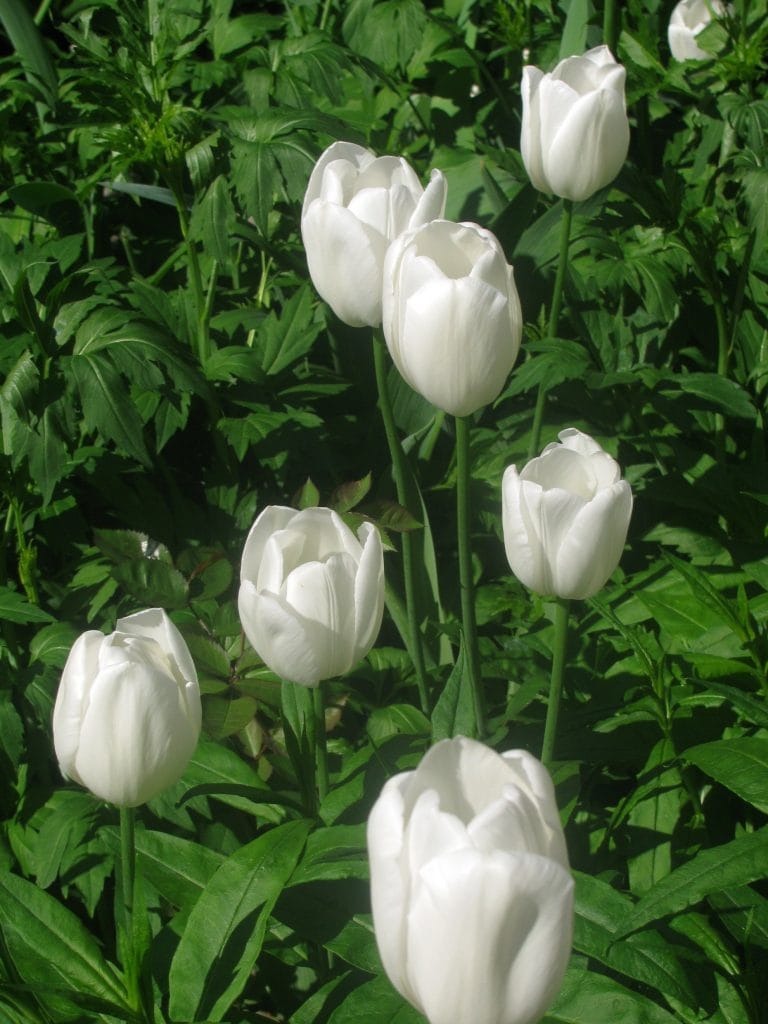
If one white tulip means “I’m sorry,” what does a bouquet of white tulips mean? “Sorry, sorry, sorry, there I go again, sorry, I keep messing up, sorry, sorry”?
People are always making up new flower codes. We looked it up. Yes, a white tulip seems to be another, newer, apology flower. We weren’t impressed with the Aunty Flo explanation: “Another meaning for the white tulips is forgiveness. So when you give a person that you have a misunderstanding with a white tulip, it’s also a way for you to say that you are sorry. Aside from forgiveness, it also signifies that you are claiming worthiness. So when you put the two meanings together, the white tulip will then be a good flower to give when you are trying to apologize to a person without looking like your [sic] begging for a general pardon.” No no, Aunty Flo. An apology where you both demand forgiveness and try to save face is not a good one.
The language of flowers is not so much a language as it is a series of warring dialects of flowers, full of risky shibboleths, and devoid of grammar.
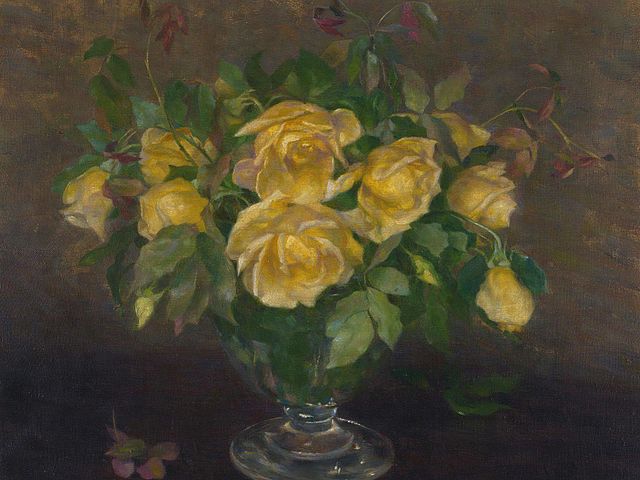
Yellow roses mean “I’m sorry.” Or “Forgive and forget.” Or “I love another.” Or friendship, or decrease of love, or a broken heart, or or dying love, or refusal, or extreme betrayal. Or “That’s right, you’re not from Texas, but Texas wants you anyway.”
Thus, say Bingo sends Babs yellow roses, because Bingo’s looking at a flower dictionary which says yellow roses mean “Try to care for me.” Nice. Babs consults her flower dictionary and thinks Bingo is saying “I love another.” Woe! Meanwhile Babs’s officious BFF consults a third flower lexicon, notes that yellow roses are said to mean extreme emotion, jealousy, and infidelity, figures Bingo is telling Babs, “YOU BETTER NOT BE CHEATING ON ME YOU SLUT,” decides to do Babs a favor, and beats Bingo up. Tsk.
Which is why it is so appropriate that yellow roses also mean apology.
Maybe it happens more often than we think. Because after the beating, Bingo might not go back to Babs and explain.
Other flowers on the sorry/apology/regret spectrum include aster, balm, castor bean, hyacinth, loosestrife, peonies, rainflowers, rue, and Star of Bethlehem. I also read that 15 roses mean “I’m sorry,” but that sounds like something a florist invented.
So if you want to apologize to someone and you’d like to say it with flowers, be careful. It’s a lovely gesture – and yet how easily it can go wrong if you think it can be a wordless gesture.
It would be nice if there was a single precise language of flowers, with which you could send clear messages that couldn’t be garbled or misinterpreted. With updated meanings?
A bouquet might arrive on your desk. You’d go through flower by flower, decoding.
“Let’s see, dark pink rose – that means ‘Thanks;’ Johnny-jump-ups – that means ‘for sticking up for me;’ nightshade – ‘last night.’ Impatiens – ‘Can you believe;’ mule’s ears – ‘that ass;’ jonquil – ‘is supporting;’ trumpet vine – ‘that braying idiot?’
“Hmm. Alyssum – ‘Wanna come over;’ and, sunflower – ‘binge-watch;’ tiger-lily “Orange is the New Black’? Aww. I’m going to send some maple leaves – “Tell me where and when to meet you.”
Sadly, the language of flowers, in addition to being unstandardized, lacks grammar/syntax/punctuation.
Suppose a person receives a green carnation, said to denote “followers of Oscar Wilde.” We did not make that up. What is the message? Is it information? A question? Does it refer to the sender, or the recipient? Is it about sexual attraction, or a simple request to return a borrowed copy of The Picture of Dorian Grey?
The closest thing floriography has to a grammatical hint is the news that a solid-colored carnation is to be interpreted as “Yes, affirmative,” whereas a striped carnation means “No, refusal.” Or “Sorry, I can’t be with you.”
Ever try to buy a striped green carnation?
The point is that when sending or bringing flowers, if there is ANY MEANING beyond “Here’s some flowers!” there NEEDS TO BE A NOTE that actually expresses that meaning. Maybe the bouquet should come with a key.
I have not been able to find any actual news stories about tragedy (I could have said “disaster,” but it didn’t seem actually funny) caused by flower language mishaps. But that doesn’t mean they don’t happen. Absence of evidence is not evidence of absence, after all. (Symbolize that with scentless roses, say from a grocery store. Just because they have no scent doesn’t mean roses in general don’t.)
There was the incident of Madonna and the hydrangeas. In 2011, at a publicity event, a man gave Madonna a bouquet of hydrangeas. She said, “Thank you!” smiled, and put them behind the dais. After he’d left she turned aside and said in a not quite sotto enough voce, “I absolutely loathe hydrangeas. He obviously doesn’t know that.”
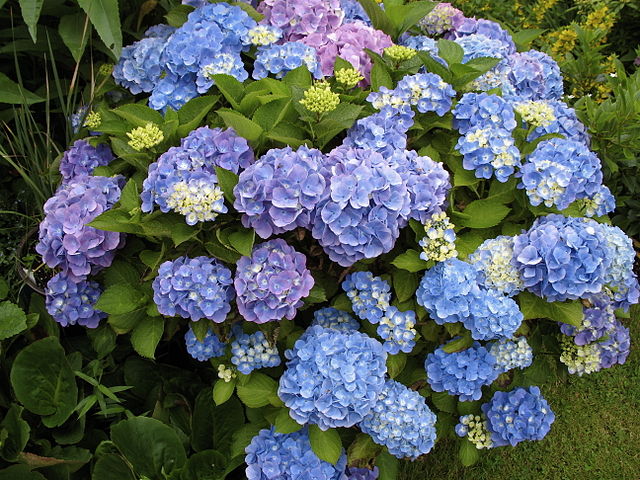
Bloom IQ says hydrangeas symbolize lavish beauty and femininity. And Mother’s Day. Also friendship, devotion, perseverance, sincerity, and understanding. Also pride and vanity. Blue ones symbolize peace and tranquility. Whatevs. Another source translates: A boaster, heartlessness, “You are cold.” Another says: heartfelt emotions, gratitude for being understood, frigidity, heartlessness, and the 4th wedding anniversary. There definitely needs to be a note with that bouquet.
People said that was SO RUDE. A spokesperson for Madonna issued this statement: “She’s entitled to like any flower she wants and she didn’t want to hurt the feeling of the hydrangeas of the world. No disrespect to the hydrangeas lovers of the world but she prefers different types of flowers.” Some called this an apology. We don’t.
As a child, I disliked hydrangeas, because I felt cheated when I discovered that what looked like petals were actually leathery sepals. I’m over it. Feel free to send me a bouquet of hydrangeas, which in my personal lexicon always means “Hey, nice post.”
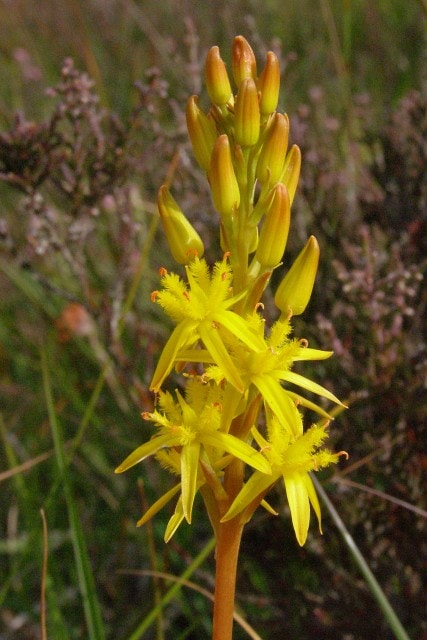
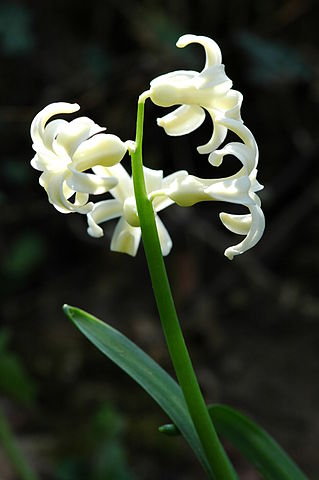
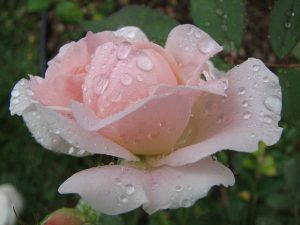
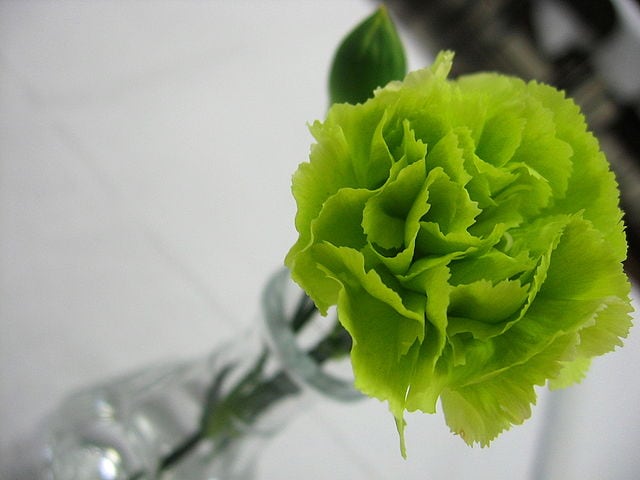
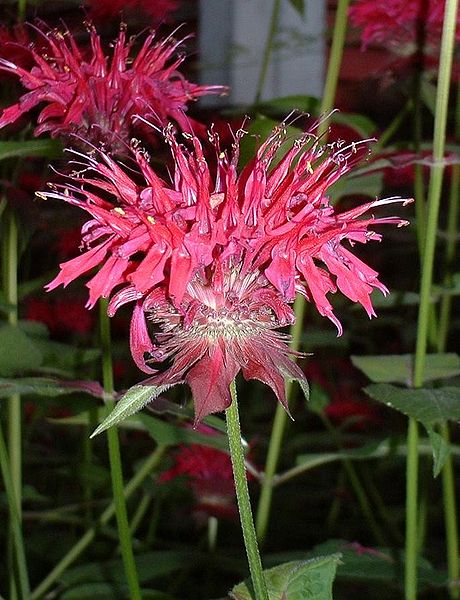

Ahahaha! Excellent post. And actually, in Japan I was highly amused to discover that although one OBVIOUSLY never gives chrysanthemums on any occasion except a funeral (“don’t get well, DIE!”), one not-so-obviously never brings a cheery living plant with roots to a friend in hospital (because it suggests a wish that the person will put down roots in the hospital ward and never leave) or a nice camellia plant (because the flowers drop all or once, like a samurai getting his head lopped off).
More pitfalls!
This was an extra-hilarious post.
It was. I was told never to bring red roses to my German dinner hosts, because in Germany, red roses mean Let’s Do It. So the international language of flowers is probably full of treacherous traps the unwary don’t know about. (Uh, I stuck to chocolates for the German hosts.)
Good to know.
I see lime blossoms mean fornication, so that also might be something to hand out… judiciously.
While I find hydrangeas insipid photographic subjects, I’ve always considered that my failure of artistic imagination. I do enjoy the plants when someone else does the work to grow them, and can add in their defense that Korean Hydrangea leaf tea (aka Gamro) is really terrifically sweet, spicy, and tasty.
Really? I will try it. More to the point, we must let Madonna know.
Oh. Oh. Oh my.
Hydrangeas were delivered today.
They came with a note, so I don’t have to wonder if I’ve forgotten my 4th wedding anniversary.
My favorite comment ever.